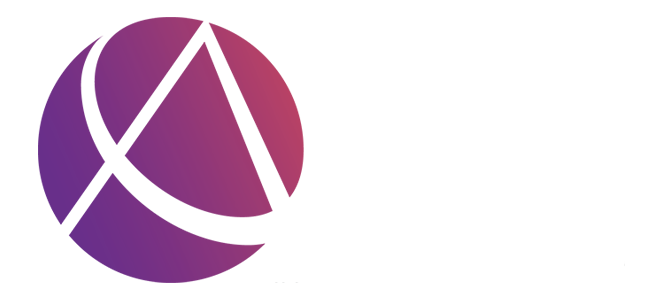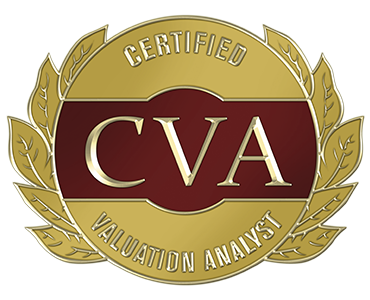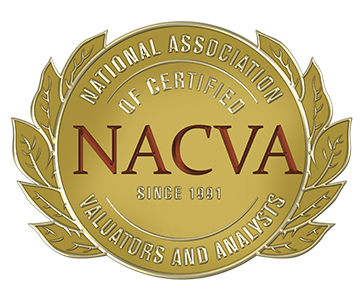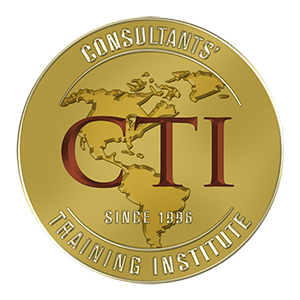
(Blog Series 9 of 10)
Embracing technology can feel like trying to learn a new language, like a daunting, unfamiliar, and maybe a little intimidating task. It’s one of those recurring themes you hear about on podcasts, read in newsletters, and stumble upon in countless blogs. As a financial advisor, colleague, and a friend, I get it. The routine is comfortable, and change can be a hard pill to swallow. We might entertain the thought of implementing new technologies, maybe even invest in a few, but before we know it, February rolls around, and we find ourselves back in the warm embrace of our familiar Excel spreadsheets or, worse, doing nothing at all.
Let’s face it; we all fall into the trap of reverting to what we know. Yet, in the fast-paced world we live in, sticking to outdated methods might hinder our progress. We’ve previously discussed the importance of documenting processes and how it is a crucial step for any business. Now, imagine if you could take that documentation and supercharge it with tech tools, making your processes more efficient and seamlessly aligning them with your business goals. That’s the sweet spot where cloud-based accounting, CRM, Microsoft 365, and other tools come into play.
Cloud-Based Accounting: Your Financial Wingman
Remember the days of poring over stacks of paper, drowning in invoices, and manually entering data into spreadsheets? Cloud-based accounting takes that load off your shoulders. As a financial advisor and a business owner, I can vouch for the transformative power of cloud accounting. It’s not about replacing your trusty spreadsheet; it’s about upgrading to a more efficient, less error-prone system.
Imagine having real-time insights into your financials from anywhere, at any time. No more playing catch-up with your numbers. It streamlines your financial management, making your life easier and your decisions more informed. From tracking expenses to generating reports with a few clicks, cloud-based accounting is your financial wingman, ensuring you’re always in control.
CRM: Building Bridges, Not Just Databases
Customer Relationship Management (CRM) isn’t just jargon thrown around in boardrooms. Think of it as a tool that helps you build bridges, not just databases. As your friendly financial advisor, I’ve seen the impact a good CRM system can have on client relationships. It goes beyond managing contacts; it’s about understanding your clients, anticipating their needs, and fostering meaningful connections.
A solid CRM system allows you to keep track of interactions, personalize communication, and build a foundation for long-term relationships. It’s not about replacing genuine human connection; it’s about enhancing it. From an international accounting firm to a consulting firm, and now as a business owner, I’ve witnessed how CRM systems contribute to a client-centric approach, creating an environment where loyalty and repeat business flourish.
Microsoft 365: Collaboration, Anytime, Anywhere
Microsoft 365 is more than just a suite of applications; it’s a ticket to seamless collaboration. Remember the days when working remotely meant endless email threads and version control nightmares? Those days are behind us. As someone who’s been in the business advising department of an international accounting firm, then the CEO of a consulting firm, and now a business owner, collaboration is at the heart of success.
Microsoft 365 integrates familiar tools like Word, Excel, and PowerPoint with powerful cloud services. It’s not just about making documents; it’s about making them together, in real-time. Whether your team is across the hall or across the globe, collaboration becomes a breeze. It’s the flexibility you need in the modern workplace, ensuring that work doesn’t become a place but an activity you can do from anywhere.
I am reviewing (Microsoft Word), posting (WordPress), and sharing (Canva) this blog while my husband is driving in our way for dinner. Technology works!
Tech Tools for Enhanced Planning and Task Management
We talked about this before, effective planning and task management are the unsung heroes of business success. While we all know the struggles of juggling tasks, meetings, and deadlines, there are tools out there that can turn chaos into organized efficiency. From project management platforms to task tracking applications, the market offers a variety of options.
These tools aren’t about complicating your life with more apps; they’re about streamlining your processes, helping you meet deadlines, and maintaining focus on your strategic goals. As a business owner, I’ve found the right tools to be indispensable in navigating the challenges of day-to-day operations. It’s not about being fancy; it’s about being effective.
In the grand scheme of things, embracing technology is not about overhauling your entire system overnight. It’s about making incremental changes that enhance your existing processes. Start small – maybe experiment with cloud-based accounting, dip your toes into CRM, or explore the collaborative world of Microsoft 365. As your financial advisor and friend, my advice is simple: don’t let the fear of change hold you back. Embrace technology not as a threat to what you know but as a friend that enhances your journey.
In conclusion, as we step into the 2024, let’s break the cycle of starting with good intentions only to revert to old habits. Embracing technology is not a one-time resolution; it’s an ongoing journey. Let’s make 2024 the year we welcome efficiency, collaboration, and informed decision-making into our businesses. After all, the tools are there – waiting to be your allies on this exciting adventure. Cheers to a tech-savvy, successful, and forward-looking year ahead!
PD. OMG! It is mid-January already! 🤯



